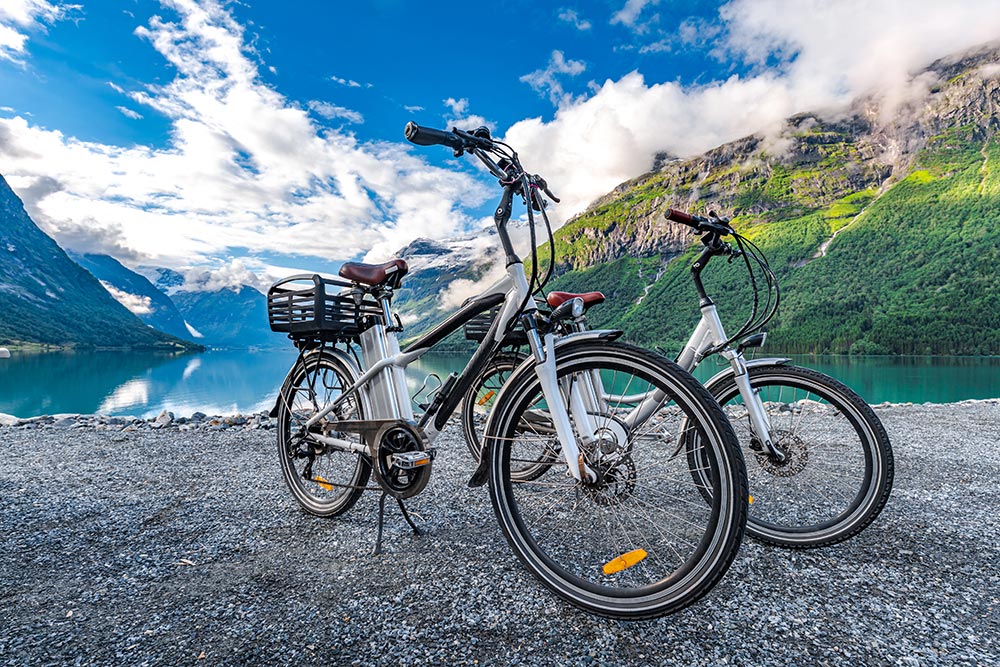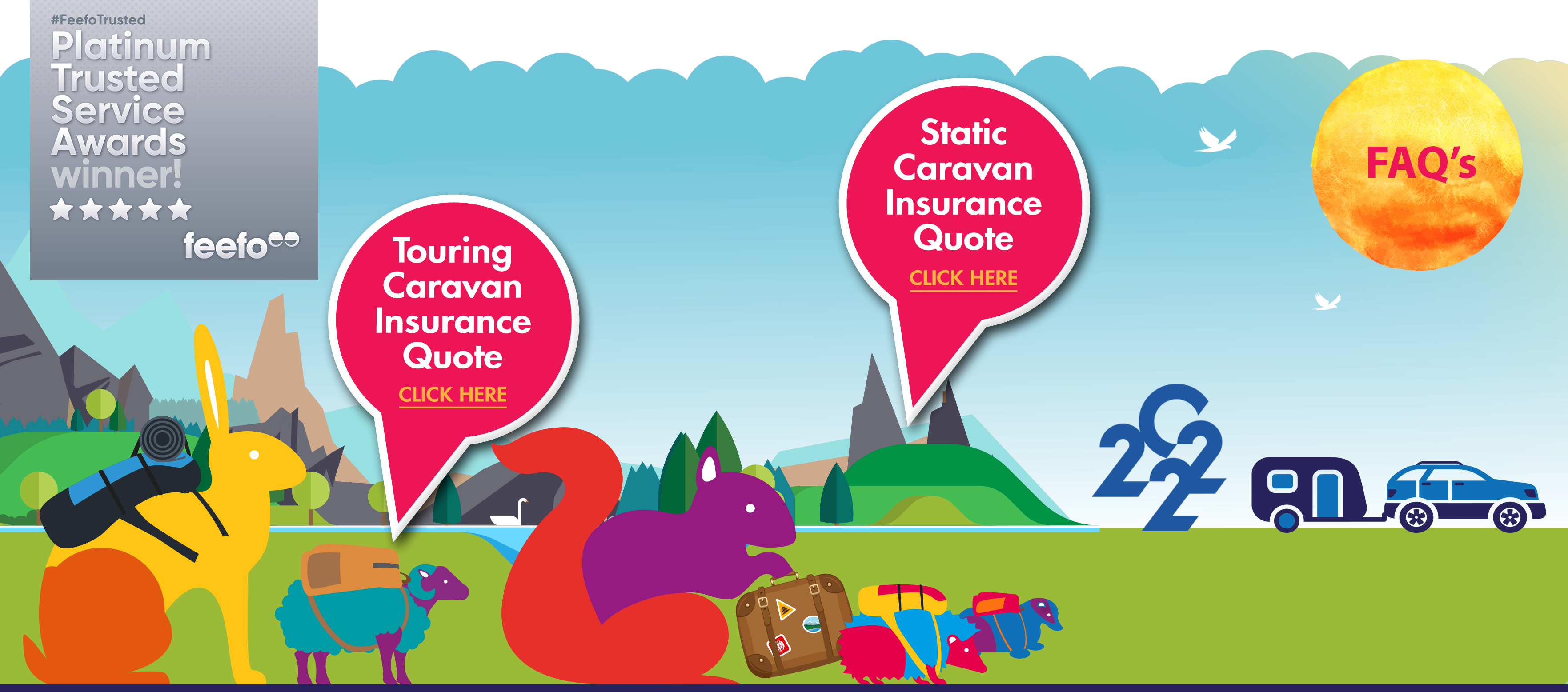
The outdoor life is all very well – if only it wasn’t so exhausting!
Caravan owners have for a long time made the most of their love for a healthy outdoors lifestyle clear by taking a bicycle or two with them on their outings and holidays. Rides in the countryside – or even a quick trip to the farm shop for that extra pint of milk – nicely round out any caravan adventure.
If you are navigating the hills and valleys of the gloriously rolling English countryside, though, pushing those pedals around can get pretty tiring.
That’s where an electrically-powered bicycle – an e-bike – can come to your rescue, providing many of the benefits without quite so much pain.
A wider choice than you might have imagined
You might have thought that it was simply a question of choosing a bike with or without any power-assistance. How wrong you would be. If you are opting for a more comfortable ride, electric bikes these days come in all shapes and sizes, designed for all manner of users, which can be carried by large caravans and small.
So, here are just some of the considerations you might want to keep in mind when choosing your e-bike:
Crank or hub
- for a machine as simple and straight forward as a bike, it might seem strange to dive straight in with the technical terms – but choosing between a crank or hub drive can be one of those critical first decisions;
- just as the term suggests, a crank drive applies electric power to the crank which turns as you pedal – it’s also called a “mid-drive” – and, as you’ll notice when climbing hills, is an especially efficient motor;
- a hub drive – drives the hub, of course – and are smaller and lighter, so, may influence your choice on those features alone;
Pedal-assisted or throttle
- a community thread on the Practical Caravan website distinguishes between pedal-assisted electric power or power controlled through a grip throttle;
- pedal-assistance – power that is applied as you press the pedals around – is probably more intuitive and may feel more “natural”, while controlling the power through a twist-grip throttle is akin to riding a moped or motorbike;
Mountain bike or roadster
- just as with bikes that have no electric assistance at all, there is a huge range available when it comes to the type of bike you choose – regular, on-street bicycles to off-road mountain bikes, or hybrids of the two;
- power-assisted or not, a mountain bike works very well indeed when you are negotiating off-road terrain – it can be more than usually hard work to ride one on paved roads;
- only set your heart on a rugged-looking mountain bike, therefore, if most of your cycling is going to be off-road – if not, save yourself unnecessary effort, and cash, by investing in a regular roadster;
Power-to-weight and size
- the amount of power needed for your bicycle depends on how you intend to use it – in challenging off-road conditions, of course, you are likely to need more power;
- but more power is also likely to mean greater weight and size – making your e-bike potentially more difficult to transport within the confines of your caravan, on a roof-rack or strapped to an external rack;
Folding e-bikes
- an answer to the size problem is to buy a folding e-bike;
- as an article on the website We Love Camping explains, a folding electric bike solves the problems of stowing and transporting a bicycle in a way that keeps it securely locked away from the hands of thieves.
An electric bike gives you all the joys of cycling while on holidays in your caravan – without so much pain in pushing the pedals. As we’ve explained, however, there are a number of points you might want to consider before settling on your choice of e-bike.

